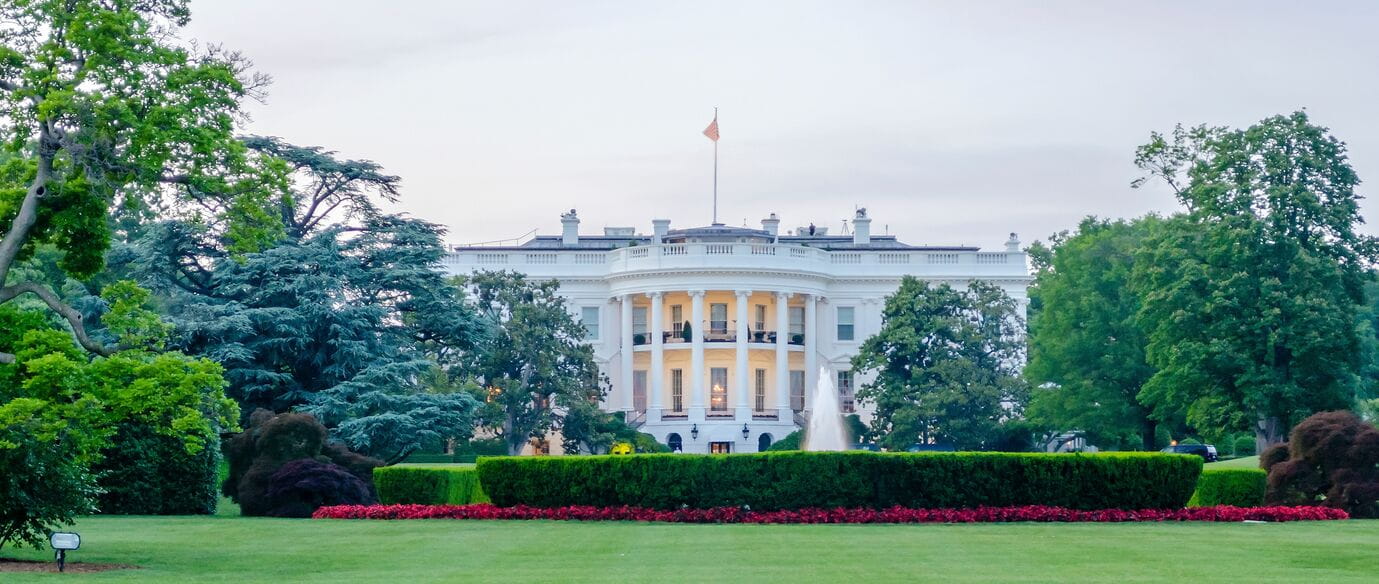
Reflecting on President Trump’s first 100 days in office
 Search
Search


 Search
Search

The Guidelines’ clear and standardized method for calculating illegal business turnover, and the specific rules provided for a number of complex situations will make it easier and more transparent in practice for both brand owners and administrative authorities to enforce trademarks, to fix the amount of administrative fines for trademark infringement and to deter potential trademark infringers.
On 30 October 2024, the China National Intellectual Property Administration (“CNIPA”) and the State Administration for Market Regulation (“SAMR”) jointly issued new “Guidelines Concerning the Method for Calculating the Illegal Business Turnover in Trademark Infringement Cases" (the “Guidelines”). The Guidelines, jointly issued by China’s highest level of IP and market supervision authorities, aim to clarify the current practice on the calculation of the illegal business turnover realized by trademark infringers and already took effect on 30 October 2024, i.e. the date of publication of the Guidelines.
We set forth below some key provisions of the Guidelines covering the calculation of illegal business turnover of infringing goods in different stages of commercial activities, including manufacturing, selling, business promotion, licensing and so on. The Guidelines’ clear and standardized method for calculating illegal business turnover, and the specific rules provided for a number of complex situations will make it easier and more transparent in practice for brand owners and administrative authorities to enforce trademarks, fix the amount of administrative fines and deter potential infringers.
Articles 5 to 7 provide several ways to calculate the illegal business turnover for goods depending on the stage of the goods in the manufacturing and selling process.
If neither the actual sale price nor the marked price can be determined, the calculation is based on the median market price of the infringed goods.
In particular, for the important concept of “median market price”, according to the Guidelines, a cascade system is to be applied to identify this price: in general, the median market price of the infringed products is determined based on the retail prices publicly announced by the right holder for the same type of products. However, if no retail prices are announced, it is determined based on the average retail prices of the same type of infringed products sold by multiple merchants in the same market, or based on the median market price of similar products that are functionally, purposefully, and materially equivalent to the infringed products.
The Guidelines also provide specific rules for a set of complex infringement situations, where the application of the general rules is not straightforward:
Article 15 provides that if only part of the illegal business volume can be verified, then only the verified illegal turnover shall be considered, and if the turnover cannot be verified at all under the Guidelines, the case is treated as having no illegal business volume at all.
Authored by Grace Guo, Helen Xia, and Stefaan Meuwissen.
Next steps
The merit of the Guidelines is essentially that they clarify and standardize the calculation method for the illegal business turnover in administrative trademark infringement cases, which is used as the basis for the administrative authorities to fix the amount of administrative fines for trademark infringement. Additionally, the specific rules providing for a number of complex situations are also expected to simplify the application and calculation of the turnover and to improve the administrative enforcement process as a whole. However, given the differences in the applicable legal concepts, the Guidelines, are considered to be only applicable to administrative trademark infringement cases, and not to civil or criminal trademark infringement cases, which adopt different concepts and methods for calculating civil infringement damages or deciding criminal sentences or fines1.
References
1For civil case, the concept of illegal business turnover is not quite relevant, as what matters to civil case is the 侵权所获得的利益 which is the relevant business profit 营业利润 X profit rate. For criminal case, the concept is 违法所得